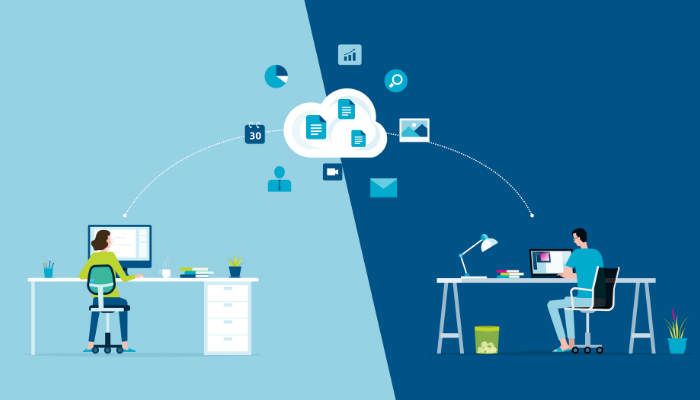Work from home – if anyone wasn’t familiar with the term before 2020, they likely are now. Today, a flexible workforce model is at the forefront of business transformation and is vital to riding out the global economic crisis caused by the COVID-19 pandemic. Companies like Microsoft, Twitter and Facebook have come to realize the benefits of working remotely and have now made it a permanent feature, allowing their employees to choose when, where and how they want to work. But the trend to adopt flexible working policies didn’t just start in 2020. Conversations around mental health, work-life balance and parenting already had the ball rolling. The global lockdown just accelerated the process and flexible workforce has become a more common term.
While an air of scepticism surrounds this new and unorthodox style of working, there are numerous benefits to employing a flexible workforce.
You might also be interested to read: Is Remote Working Buoying Employee Productivity?
Access to a diverse talent pool: Rigid working times and a narrow requirement of skills can shut out great talent. A flexible workforce policy gives companies access to students looking to work part-time, new parents working from home, and those looking to gain experience in a new field. Multi-skilled employees would have fresh ideas and a capacity to handle diverse tasks.
Greater productivity: With the stress of commuting out of the way, employees can start working earlier in the day and are in a better headspace to get work done. When employees have the time to do more in the day, they tend to wrap up work quicker in order to do what they planned. A Stanford survey found that the employees flexibly working from home raised their productivity levels by almost 13%.
Adaptability: A flexible workforce makes sense for businesses that notice a surge and fall in certain months. An organisation could hire contract/part-time employees or outsource work when business is booming with the advantage of not having salaried employees during quieter days.
Cost-effectiveness: Having a flexible workforce that opts to work remotely can reduce overheads. Companies can optimize their real-estate expenditure by having only essential services on location.
Engagement and retention: Assigning diverse tasks keeps your workforce engaged and creates a dynamic working environment which appeals to and retains skilled talent. Flexible hours and a focus on work-life balance benefits the employees and their mental health, and improves a company’s chances of retaining them.
The advantages of adopting flexible workforce models are many, but the transition to one can pose challenges. It is crucial that companies lay down clear guidelines about roles, targets and work hours and establish a line of trust, communication and accountability with employees. On the HR front, companies should formulate strong policies to safeguard employee and employer rights and should listen for feedback from employees. Lastly, organizations must have the technology to support a flexible workforce and make policies that ensure the safety and privacy of important business-related data.
Reference: The future of business transformation lies in building a flexible and empowered workforce | Robert Bolton
You might also be interested to read:
Related Topics:






